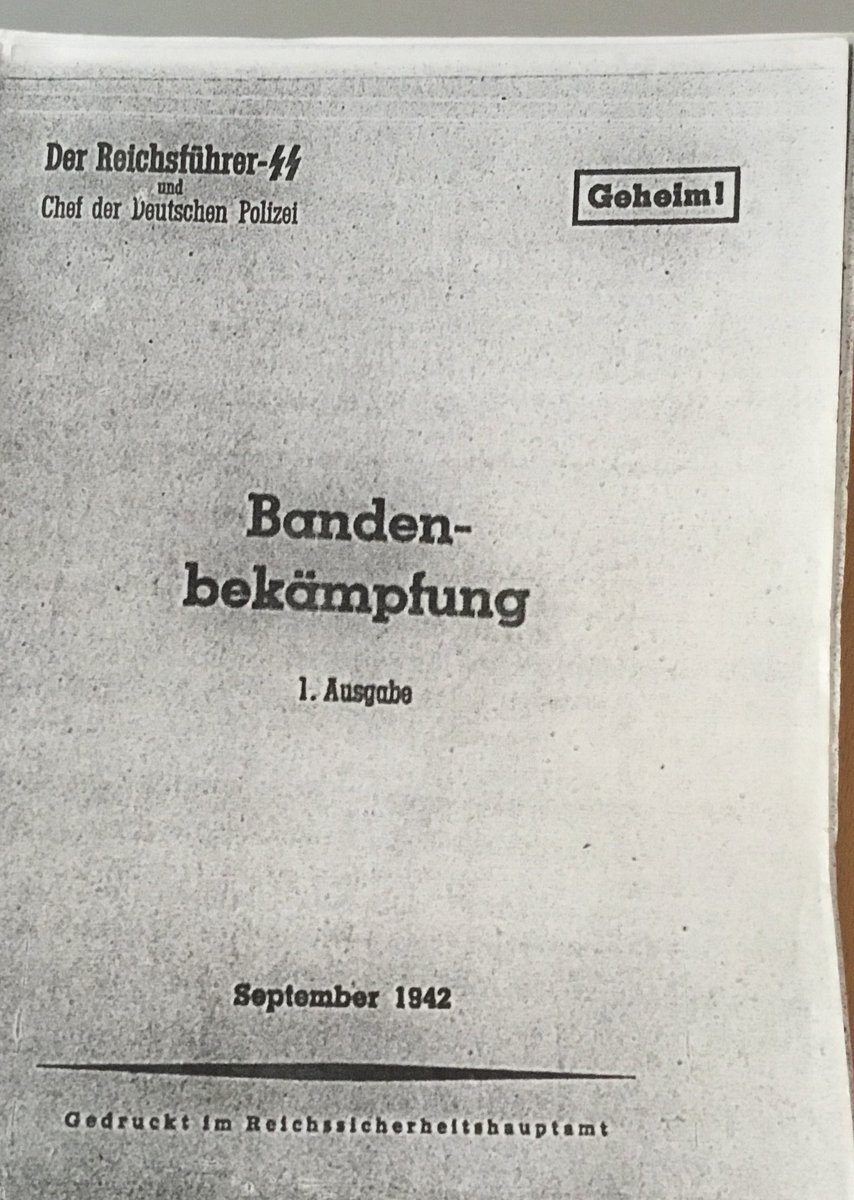
The Russian Way of War - Putin’s #Anaconda plan unrolls.
A summary of observations based upon intel received.
Initial lodgements have been exploited and are beginning to join/meet closing gaps in and flanks while filtering the rear areas
A summary of observations based upon intel received.
Initial lodgements have been exploited and are beginning to join/meet closing gaps in and flanks while filtering the rear areas
The most obvious consistency with Putin’s previous wars is the application of total destruction against civilians. This has been applied with brutal savagery as in previous conflicts.
We are watching mechanised genocide.
We are watching mechanised genocide.
Grave concern for the use of chemical warfare. This could be used against Ukrainian forces as in the Moscow state theatre siege. But also defoliants or common weed-killers used against crops. The railways enables the swift and secure movement of chemicals.
Irregular war and insurgency. There is a confusion, but total destruction reduces the opportunity for irregulars to stake out and conduct actions.
If the land is a wasteland, or urban areas flattened, potential resistance movements will find it hard to stake out a position.
If the land is a wasteland, or urban areas flattened, potential resistance movements will find it hard to stake out a position.
In discussion with @BenJSkipper , faming expertise, the ‘bread basket is not yet exposed. But, veg fields are not being tended and we can assume this is Russian policy following occupation.
Will Putin spoil or destroy ‘the bread basket’ causing famine?
Will Putin spoil or destroy ‘the bread basket’ causing famine?
The movement of a military train is symbolic of a shift of gravity from the north to the south. There are advantages in the south that grants Russia greater options. We can expect continuing pressure from the north to tie down Ukraine forces.
The refugee crisis is sweeping horror through Europe. This is having a dual impact:
- Britain has lost the strategic identity of humanitarianism in war,
- an increasing sense that NATO is compromised by a world tumbling into World War 3.
- Britain has lost the strategic identity of humanitarianism in war,
- an increasing sense that NATO is compromised by a world tumbling into World War 3.
Diplomacy and ceasefire. Thus far Putin wants total victory or unconditional surrender. Any ceasefire cannot be trusted since Putin usually keeps his forces rolling during negotiations or invades after signing a ceasefire.
Obstacles to ending conflict:
- refugees flooding Western Europe.
-scale of destruction in the Ukraine.
-the brutal acts of killing.
- difficult to see how Putin will withdraw or Ukraine restored without deep lasting hatred and the threat of further conflict.
- refugees flooding Western Europe.
-scale of destruction in the Ukraine.
-the brutal acts of killing.
- difficult to see how Putin will withdraw or Ukraine restored without deep lasting hatred and the threat of further conflict.
Conclusion: we’re in World War 3. #RealKrieg
• • •
Missing some Tweet in this thread? You can try to
force a refresh

















